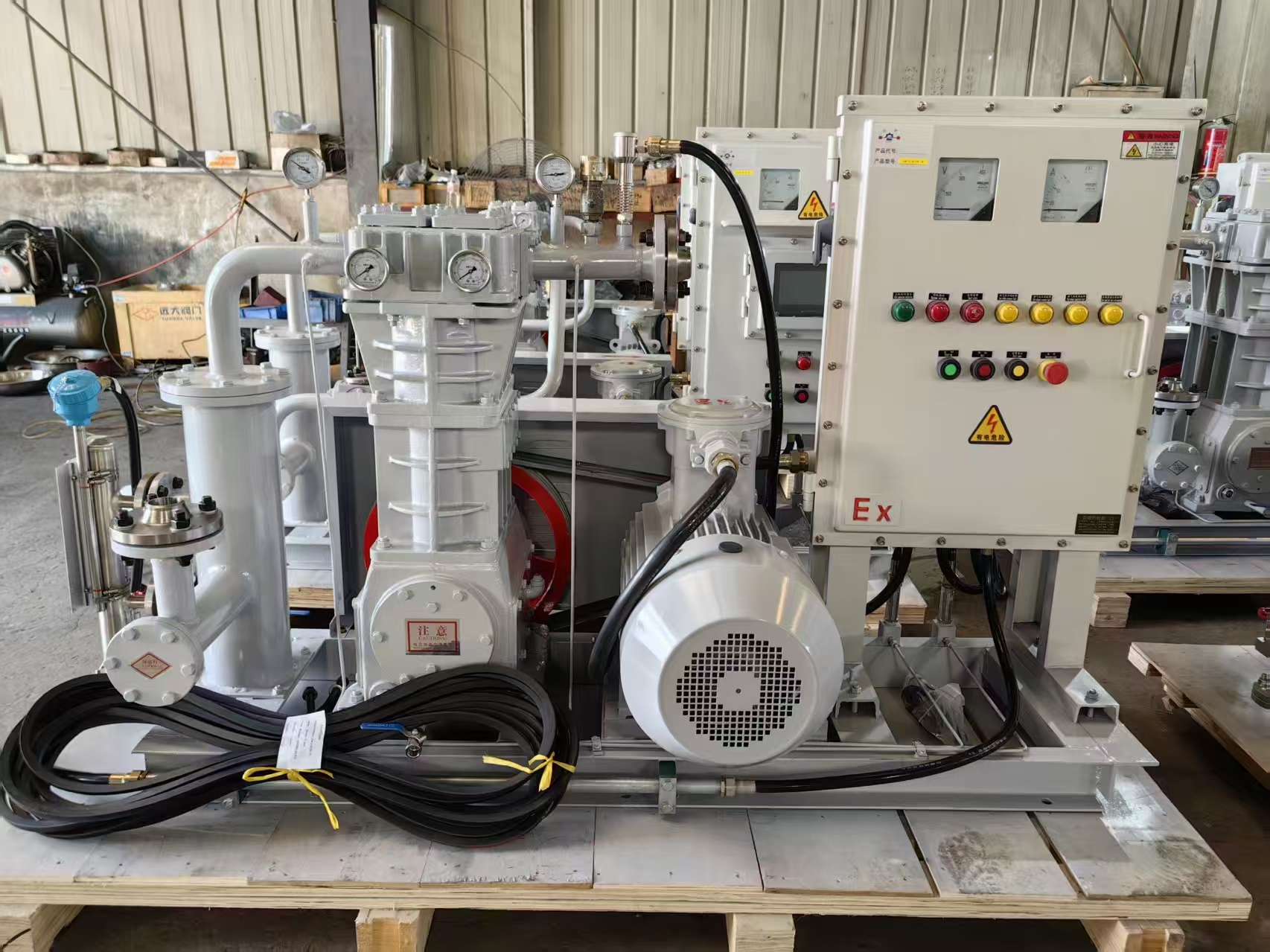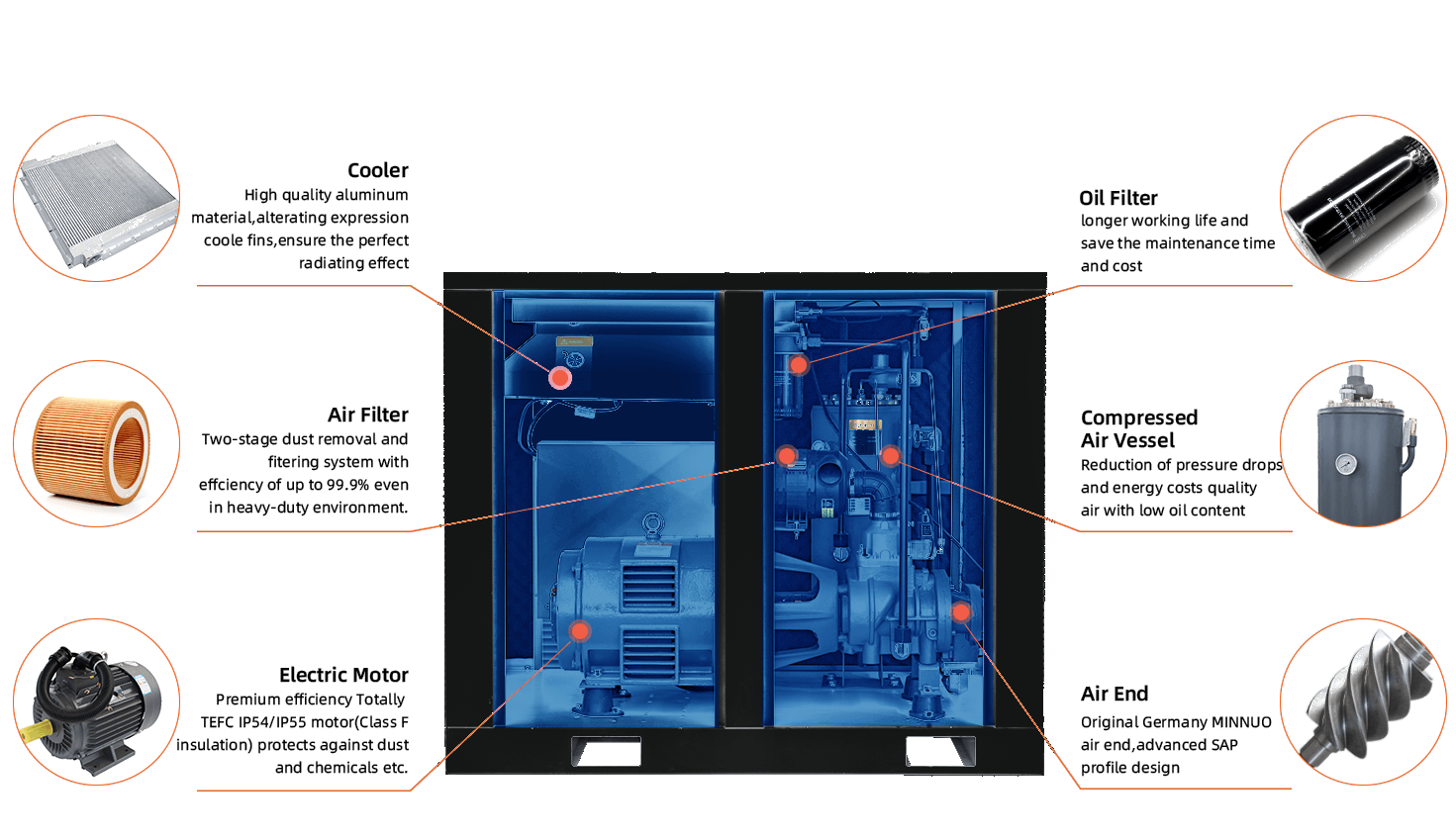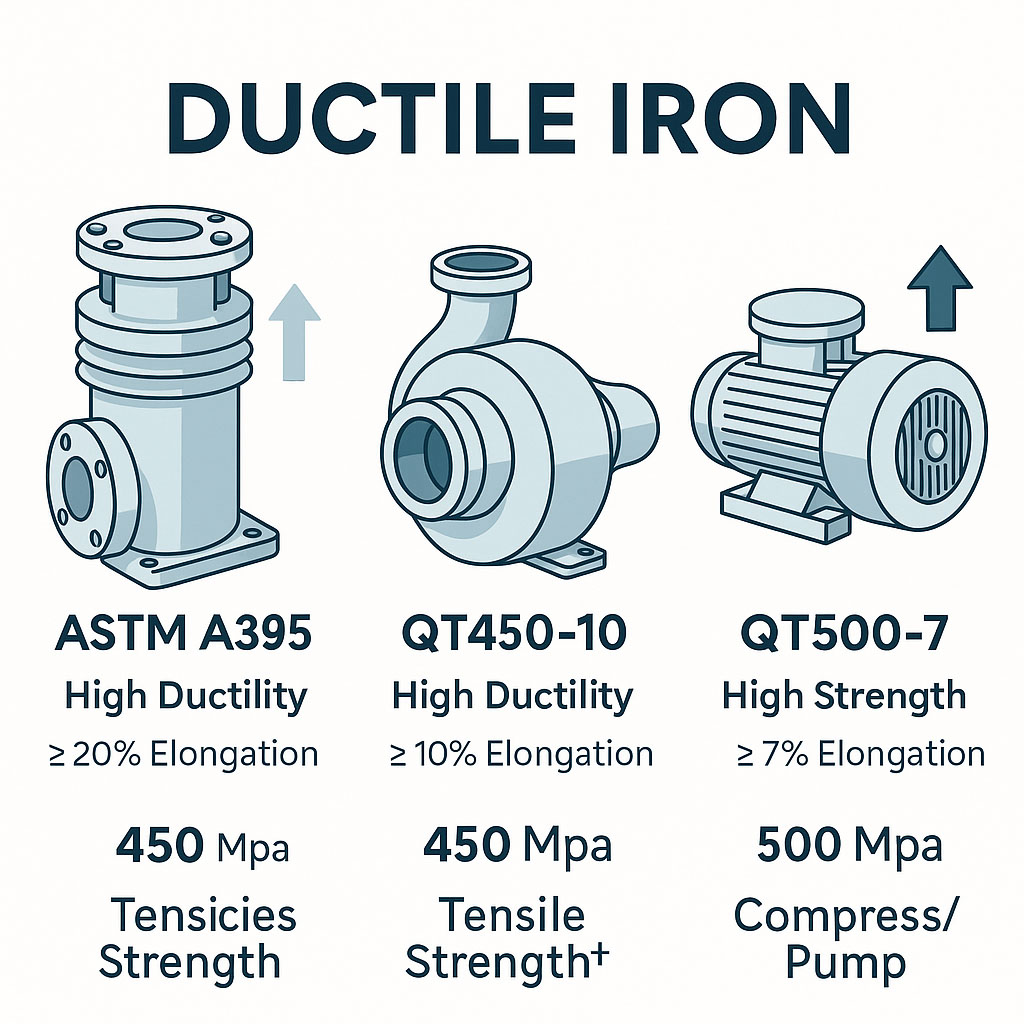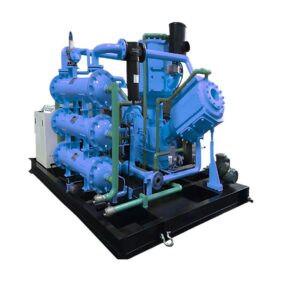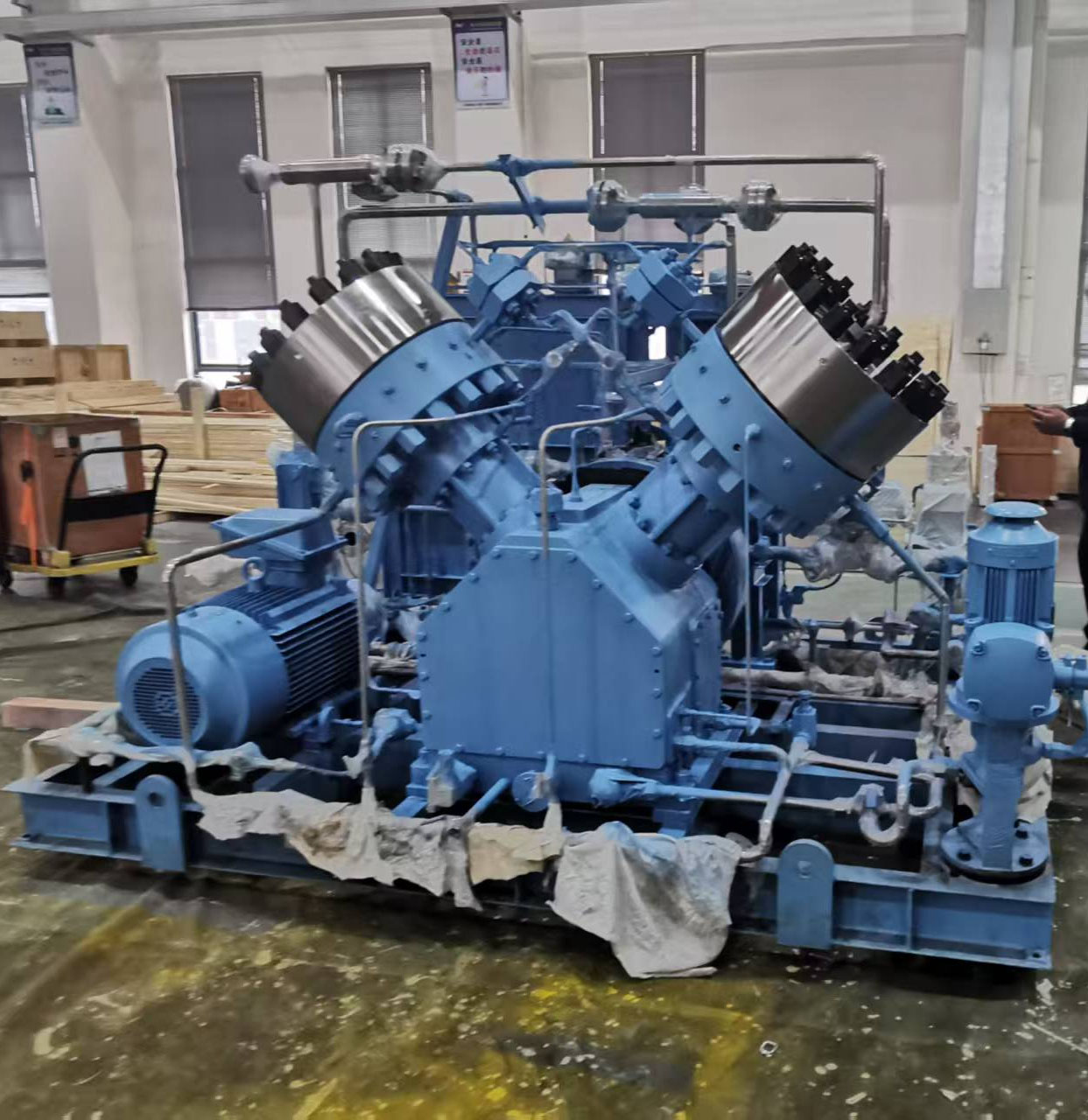A compresor de diafragma es una herramienta esencial para aplicaciones que requieren un suministro de gas ultralimpio a alta presión. Tanto si comprime hidrógeno, helio, oxígeno u otros gases especiales, la elección del modelo adecuado afecta directamente al rendimiento, la seguridad y la fiabilidad a largo plazo.
En Keepwin Technology Hebei Co., Ltd., hemos suministrado compresores de diafragma diseñados a medida durante más de 20 años. Basado en esa experiencia, aquí están 5 consejos prácticos para elegir el compresor de membrana ideal para su proyecto.
✅ Consejo 1: Adapte el compresor a su tipo de gas y nivel de pureza
No todos los gases son iguales, ni tampoco los compresores.
-
Para gases tóxicos o explosivos como el hidrógeno, seleccione un diseño de diafragma estanco con membranas de seguridad de triple capa.
-
Para gases ultrapuros como el oxígeno o el helio, un compresor sin aceite es obligatorio para evitar la contaminación.
🔍 El compresor de diafragma GD-500/30~220 de Keepwin, por ejemplo, está diseñado para la compresión de hidrógeno a 220 bares sin contacto con el aceite, lo que lo hace ideal para estaciones de servicio y aplicaciones de laboratorio.
✅ Consejo 2: Conozca sus requisitos de presión y caudal
Antes de elegir un compresor de diafragma, defina su:
-
Presión de entrada (por ejemplo, 1 bar o 20 bar de un generador de nitrógeno)
-
Presión de salida deseada (por ejemplo, 300 bar, 500 bar o 700 bar)
-
Caudal en Nm³/h o SCFM
📌 Un desajuste entre el caudal nominal y el caudal necesario puede dar lugar a un rendimiento insuficiente o a un fallo del sistema.
💡 Keepwin ofrece tamaños personalizados: nuestro modelo GV-6/10-300 está optimizado para 6 Nm³/h a 300 bar.
✅ Consejo 3: Evalúe las condiciones de refrigeración e instalación.
Los compresores de membrana generan calor debido a los ciclos de alta presión. Considérelo:
-
Método de refrigeraciónRefrigeración por aire frente a refrigeración por agua
-
Temperatura ambienteespecialmente en alta mar o en entornos desérticos
-
Huella y nivel de ruido
🛠 Los sistemas de membrana de Keepwin incluyen intercambiadores de calor refrigerados por agua y sensores de temperatura integrados para mantener el rendimiento y prolongar la vida útil de la membrana.
✅ Consejo 4: Ten en cuenta el mantenimiento y el riesgo de inactividad
Una de las mayores ventajas de los compresores de diafragma es su bajo riesgo de fugas. Sin embargo, el rendimiento a largo plazo depende de:
-
Vida útil de la membrana (normalmente 8000 horas)
-
Facilidad de sustitución de válvulas y juntas
-
Sistemas de diagnóstico (por ejemplo, alertas de caída de presión)
👨🔧 Los compresores Keepwin están equipados con cabezales modulares y conjuntos de membrana de cambio rápido, lo que reduce el tiempo de inactividad y simplifica el mantenimiento, incluso en alta mar.
✅ Consejo 5: Garantizar el cumplimiento de las normas de seguridad y Normas de certificación
Especialmente para gases de alto riesgo o mercados de exportación, su compresor debe cumplir:
-
CE, ATEXo ISO 9001 normas
-
Clasificaciones eléctricas y antideflagrantes
-
Documentación para FAT, ITP y trazabilidad de materiales
📁 Keepwin proporciona paquetes completos de documentación y pruebas atestiguadas por terceros a petición de los interesados, lo que respalda la conformidad para los mercados de la UE, Oriente Medio y el Sudeste Asiático.
Elegir bien dcompresor de diafragma no se trata sólo de la presión o el caudal, sino también de la seguridad del sistema, la pureza del gas, la eficiencia energética y el coste del ciclo de vida. Si conoce su aplicación y sigue estos 5 consejos, podrá garantizar un rendimiento y una tranquilidad a largo plazo.
📩 ¿Necesita una solución de compresor personalizada?
Póngase en contacto con Keepwin Technology Hebei Co., Ltd. hoy mismo para obtener asesoramiento experto en ingeniería y configuraciones de compresores de diafragma a medida.
🌐 Visita: www.keep-win.com
📧 Correo electrónico: keepwin@keep-win.com

